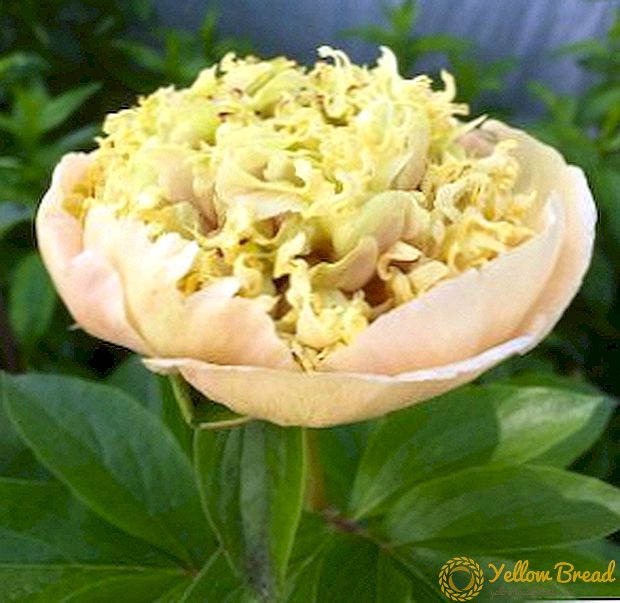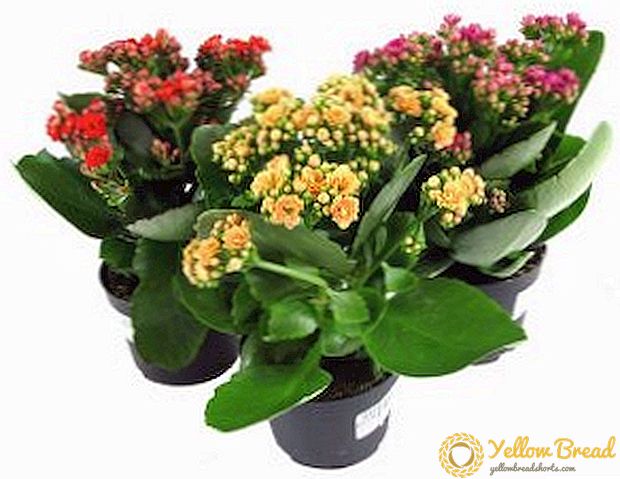America's most celebrated francophile, Thomas Jefferson, famously referred to his tour of France as “a peep into Elysium.” It was the promise of one day savoring such mercurial qualities of joie de vivre that sustained an American couple and their longtime accomplice, Bunny Williams, during their renovation of a farmhouse in Provence.

Williams conceived interiors as soothing as the nearby lavender elds and Alps. In the living room, the custom sofa is in a Pierre Frey fabric. Rug, 19th-century Oushak.
“Every project is like a new romance. I stay up at night thinking about it,” says Williams, whose passion and drive has only increased over her four decades as one of America's most sought-after designers. “It's the same with anyone who is creative-a painter, a writer-you have to do it. You can't stop.”

In Provence, houses face south to protect against mistral winds from the north. Sconce, Visual Comfort.
That level of compulsion came in handy when Williams was hired to reimagine a classic Provençal mas. The interiors consisted of a warren of rooms-the result of a century's worth of alterations-connected by narrow halls and multiple staircases. “We wanted it to be comfortable and to flow,” she says, “but also to look as if we'd done nothing.”

A 19th-century marble-top table divides the double living room into two sitting areas.
Atlanta-based architect Norman Davenport Askins was brought in to envision a more gracious arrangement. He designed an elegant new staircase in the entrance hall and transformed a series of boxy rooms into a comfortable library, formal dining room, and double-size living room. Each of these spaces now opens onto a broad terrace that faces south “to protect from the northern mistral winds,” the architect notes.

Architect Norman Davenport Askins created an airy central staircase. Sconce, John Rosselli & Associates. Artwork, antique Flemish tapestry.
Likewise, Williams was determined to maintain a sense of place while at the same time rendering the house more functional. “People ask me all the time, 'What's the Bunny Look?'” she says. “It's about comfort, style, and how we live in spaces. This couple entertains, so we have big seating arrangements. You don't want to be lugging chairs around every time someone comes over.”

Rooms speak to the home's past while creating a comfortable setting for today. The library's custom sofa is topped by a vintage Turkish textile. Armchair and ottoman in a Cowtan & Tout fabric. Custom rug, Studio Four NYC.
She also believes strongly that “a house should be appropriate to its setting.” To that end, she upholstered the walls of the master bedroom in a fabric resembling French ticking while kicking it up a notch with an artful mix of bold Pierre Frey prints and an 18th-century gilt mirror.

An antique French tole chandelier hangs over the breakfast table, which is covered in a tablecloth in a Provençal-style fabric. Portuguese tile mural on replace, Solar Antique Tiles.
She famously scours local markets and shops for one-of-a-kind items that help to ensure each project's singular ambience. “Every room gets triggered by something-often, a great discovery,” she notes. “In this case, we found this incredible book of black-and-white, 18th-century Chinese botanical engravings at auction. I love decoupage, so I had the idea to cut out the engravings and put them on silver tea paper, which was turned into wallpaper for the dining room.”
Once hung, delicate lattice work was applied, creating depth and dimension. “At night, the room sparkles. It's glorious.”

In the master bedroom, walls and curtains are in a Lee Jofa stripe. Bed linens, Julia B. The mirror and desk are French antiques. The antique rug is Romanian.
Gardens are central to the Provençal lifestyle, and this one, by Tim Rees, “is especially magical,” Williams says. The design incorporates classical elements: terraced plantings, stone walls, an olive orchard, and a rose garden.

Williams created a custom wallcovering for the dining room out of 18th-century Chinese etchings; the antique chandelier, mirror, and mantel are all French.
The family spends sun-soaked afternoons under the shade of an arbor while the unofficial mascot of the region, the cicada, chirps overhead. When the living room's French doors are open to the terrace, the home's interiors meld with the garden-everything in perfect harmony.
This story was originally published in the May/June issue of Veranda. See more photos below.

In the entry hall, a pair of 19th-century painted chairs are covered in an antique Fortuny fabric. A collection of 18th- and 19th-century drawings ank an antique carved-wood mirror. The rug is an antique from Agra, India.

The star of a guest bedroom is a 19th-century French canopy bed with its original restored fabric and trim; the curtains are of a locally purchased striped twill.

Lunch is often served under the arbor.





